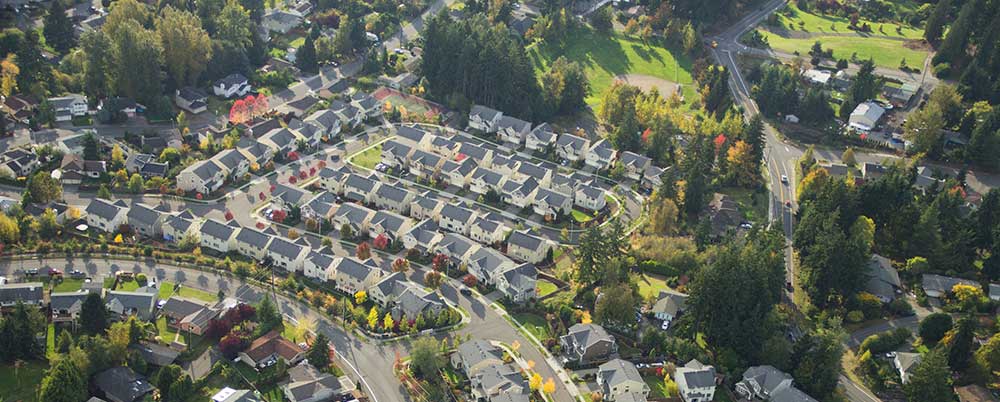It’s common for fire departments to prepare and follow a Master Plan. Typically, this identifies the community’s risks and lays out a strategy to be used over the next three to five years to mitigate these. The strategy is usually a three-tiered approach comprising public education and prevention, fire safety standards and enforcement, and emergency response. Components might include detailed capital investments in apparatus, fire stations, and other major equipment purchases.
In every community, residential fire sprinklers should be a standard element of the Master Plan. Here’s why:
First – design standards. In addressing risks, we assume that builders will follow the provincial or national building code. Even if that is true, building and fire codes only address individual buildings; not communities or subdivisions. The codes assume that there is an adequate fire department response; but they do not define what adequate is. This is up to the local fire chief to determine. There are also provisions in the code that address design standards whenever fire department response is outside the required times. The codes don’t address access roads, fire flows, hydrant spacing, and wildland urban interface issues. Master Plans address how we protect communities, and sprinklers should be in the Master Plan to address structures at added risk due to inadequate fire flows, delayed response times and limiting distances. Fire Underwriters Survey (FUS) makes this easy by producing deployment maps for every community on their municipal portal site.
The CAFC white paper on sprinkler incentives elaborates on where the fire service can take advantage of sprinkler benefits through incentives.
Second – firefighter health and safety. Modern fires burn hotter, quicker, and with more deadly off-gassing than 20 years ago. Our understanding of related and increased cancer rates in firefighters is expanding daily. The health risks associated with firefighter exposure are an essential consideration in occupational health and safety programs, station design and purchasing and maintaining gear. Should we not also be investing in strategies that reduce the exposure to fires? Fire chiefs and unions should be incentivizing sprinklers for all new subdivisions. A Master Plan that includes sprinklers conveys to elected officials that the fire service recognizes and promotes the benefits of installed sprinklers whenever possible, and that municipal development fees and standards should favour homes built with sprinklers.
Third – public education messaging. Whether voluntarily, through mandated requirements or through strategic incentives, the number of homes protected by sprinklers increases in this country year by year. As with smoke alarms and CO detectors, we need to be vigilant and continue to educate the public on the benefits of installed sprinklers. In every community, the public needs timely facts that quash myths and misconceptions. Using and promoting HFSC’s Living with Sprinklers information is a good first step. The Master Plan should include sprinkler education as a key component of its public education activities. The Plan can also encourage participation in Home Fire Sprinkler Week activities, and if not already, the benefits of becoming a Built for Life Fire Department.
Home fire sprinklers are an essential component of any community’s strategy to mitigate fire losses among civilians and responders. They should be spelled out in the Master Plan to ensure that the community and elected officials recognize their benefits.
Click here to download the Fire Chiefs Guide for Development Design Approval.
https://homefiresprinklercanada.ca/wp-content/uploads/2022/11/FC-Development-Design-Handbook-Version-1.1.pdf

